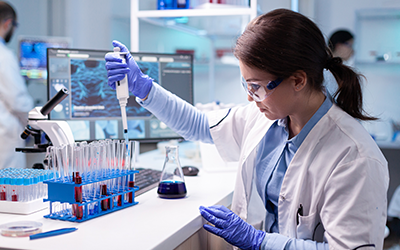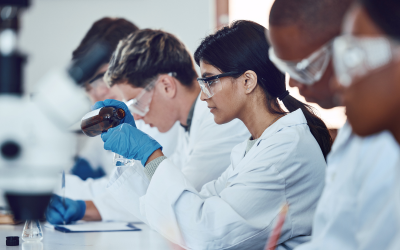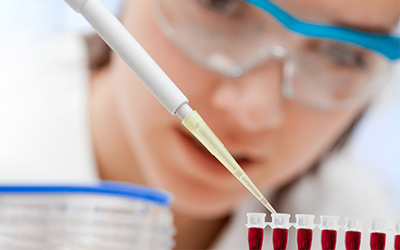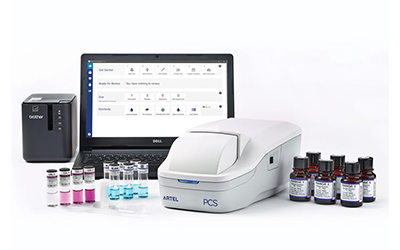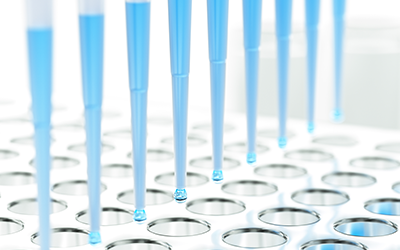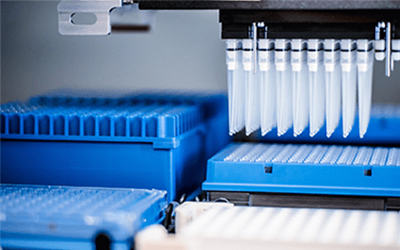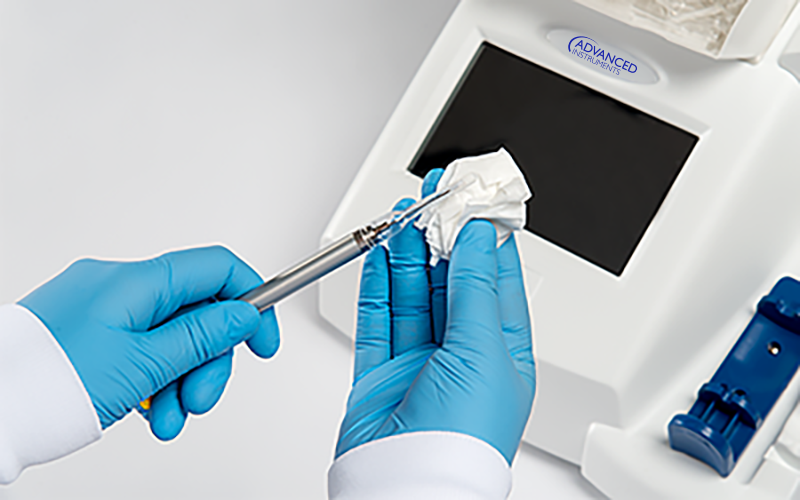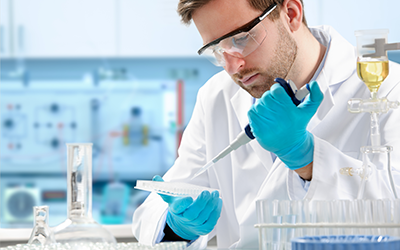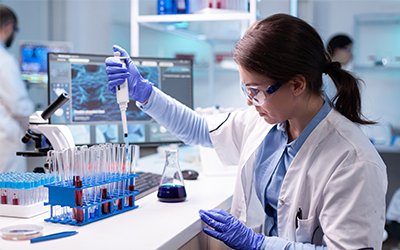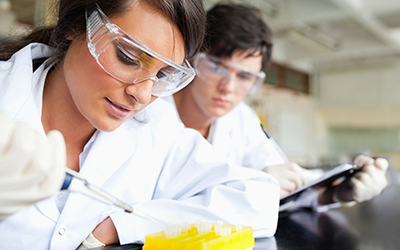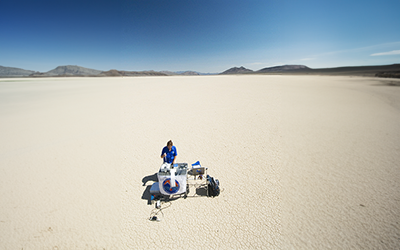Climb Every Mountain: Extreme Pipetting I
The Effect of Barometric Pressure on Data Integrity
One cold day in early winter, a group of scientists prepare to trek to the top of Mount Washington, the highest peak in the White Mountains of New Hampshire.
At an elevation of 6,288 feet, this mountain is known as the “home of the world’s worst weather.” With the globe’s highest recorded surface wind speed of 231 miles per hour, an average year-round temperature that is below freezing, and 21 feet of snow per year, Mount Washington is obviously no paradise.
The scientists load their equipment and prepare for a three-hour journey to the summit. No, this is not a Lewis and Clark expedition or a new winter Olympics event. This is the start of Artel’s (Westbrook, Maine) “Extreme Pipetting Expedition,” a year-round scientific study seeking to quantify the impact of environmental conditions on liquid volume and data integrity.
Like any good scientific expedition, the Artel journey’s mission is critical; environmental conditions are a major source of volume variation and laboratory error. While pipetting does not normally conjure images of extreme weather and mountainous heights, laboratories are products of their surrounding environments, no matter what the activity, and that includes pipetting hot and cold liquids or working in walk-in incubators and glove boxes.
Given the small volumes used in today’s laboratories, volume inaccuracy of just one microliter (µL) can significantly alter results. By testing pipette performance under extreme conditions, Artel will help pipette users understand more fully how their instruments will perform in various laboratory environments so that they can eliminate a potential source of error and strengthen quality assurance.
Mission 1: Barometric Pressure
The first stop on Artel’s Extreme Pipetting Expedition is Mount Washington, where expedition members seek to isolate the effect of barometric pressure on pipetted volumes. While there are relatively few laboratories around the world operating at this elevation and low barometric pressure, how many actually operate at zero elevation? And how many laboratories at varying elevations outsource pipette calibration to firms operating at sea level? To provide an illustration of the potential for error, Artel measures pipette performance at sea level and compares it with the data on pipette performance at more than 6,000 feet.
Mission 1 is conducted in the laboratory at Mount Washington’s Weather Observatory. Artel tests three pipettes from leading pipette manufacturers for dispensing accuracy and precision using the PCS Pipette Calibration System. A portable system, PCS is unaffected by environmental conditions. The PCS also provides standardized, NIST-traceable results for a scientifically sound comparison of data regardless of the environment in which data are taken or pipettes are used.
At Mount Washington, each operator pipettes 22 data points for each target volume with each pipette. To generate a standardized comparison, Artel tests the same pipettes using the PCS in Artel’s accredited laboratory (ISO 17025) under normal, controlled conditions at sea level. Artel then compares the average volume dispensed in Mount Washington with the average volume dispensed in the control laboratory.
At Mount Washington, each operator pipettes 22 data points for each target volume with each pipette. To generate a standardized comparison, Artel tests the same pipettes using the PCS in Artel’s accredited laboratory (ISO 17025) under normal, controlled conditions at sea level. Artel then compares the average volume dispensed in Mount Washington with the average volume dispensed in the control laboratory.

Table 1 shows data taken with fixed-volume pipettes. The systematic error is shown graphically in Figure 1. Here, the 1 µL pipette under-delivers by an average of about 9%. This is compared with the 200 µL pipette, which under-delivers by 1.3%.

This volume variation is explained by air’s lower density at higher altitudes. Air displacement pipettes contain an air gap between the piston and the liquid that is being pipetted; this gap acts as a coupling. When an operator aspirates, or presses his or her thumb down on the plunger at the top of the pipette and inserts the pipette into the liquid, air is trapped in the pipette tip. This is called the dead air volume. When the plunger is released, the trapped air acts as a spring that connects the piston to the liquid and pulls the liquid up into the tip. If air is less dense, less liquid is pulled into the pipette tip, resulting in under-delivery and data inaccuracy.

In the next phase of the experiment, an operator pipettes using variable-volume pipettes at their upper- and lower-range target volumes. (See Table 2 and Figure 2). The first set of data shows that operator technique is not a source of error, so only one operator is necessary to obtain the second set of data. The data show a dramatic error rate when the variable-volume pipettes are set to dispense less than full-scale volume, and this error also grows as smaller volumes are tested. For example, volume varies by more than 30% when using the 2 µL pipette at its low-volume range.
To confirm barometric pressure as the source of volume variability, Artel controls for other sources of error, including operator technique, temperature, humidity, and measuring method. To control for the measuring method, Artel uses the PCS to measure volumes dispensed by syringes at Mount Washington. Syringes operate by positive displacement instead of air displacement and therefore should be unaffected by barometric pressure.

The results generated with syringes can be found in Table 3. The systematic error for all syringes is small, showing that the PCS performs with little systematic error induced by the elevation difference. This confirms that the air displacement results are due to elevation and not the PCS.

To rule out pipetting skills as the source of variation, the pipetting technique of the expedition members is standardized and qualified using the Artel method. Humidity is mitigated by pre-wetting the pipette tips, and temperature is not a factor because testing is conducted inside the observatory laboratory at an ambient temperature equal to that found in the control lab.
What Does This Mean?
Consider a laboratory that sends pipettes to a service at sea level for calibration. Even when newly calibrated, the pipettes would likely under-deliver once back in the laboratory, producing inaccurate data. The data show the importance of regularly verifying pipettes in the environment in which they are used.
The good news is that the magnitude of volume variation for each pipette is relatively constant, which facilitates correction within the laboratory. For example, the 10 µL pipette under-delivers by 2.6% and 2.8% in replicate tests. To compensate for this repeatable volume variation, laboratories have two options:
1) The lab can adjust the internal mechanism of the pipette for specific environmental conditions; and
2) The lab can adjust the delivery setting. In this case, because the pipette under-delivers by an average of 2.7%, setting the pipette to deliver 10.27 µL would deliver an actual volume of 10 µL.
Critical to accounting for volume variation caused by environmental conditions, which fluctuate between laboratories and can even fluctuate within a laboratory, is regular, on-site verification of liquid handling instrumentation. Referred to as Interim Verification or Quick Checks by scientists and regulators, these will help eliminate errors and ensure data integrity.








